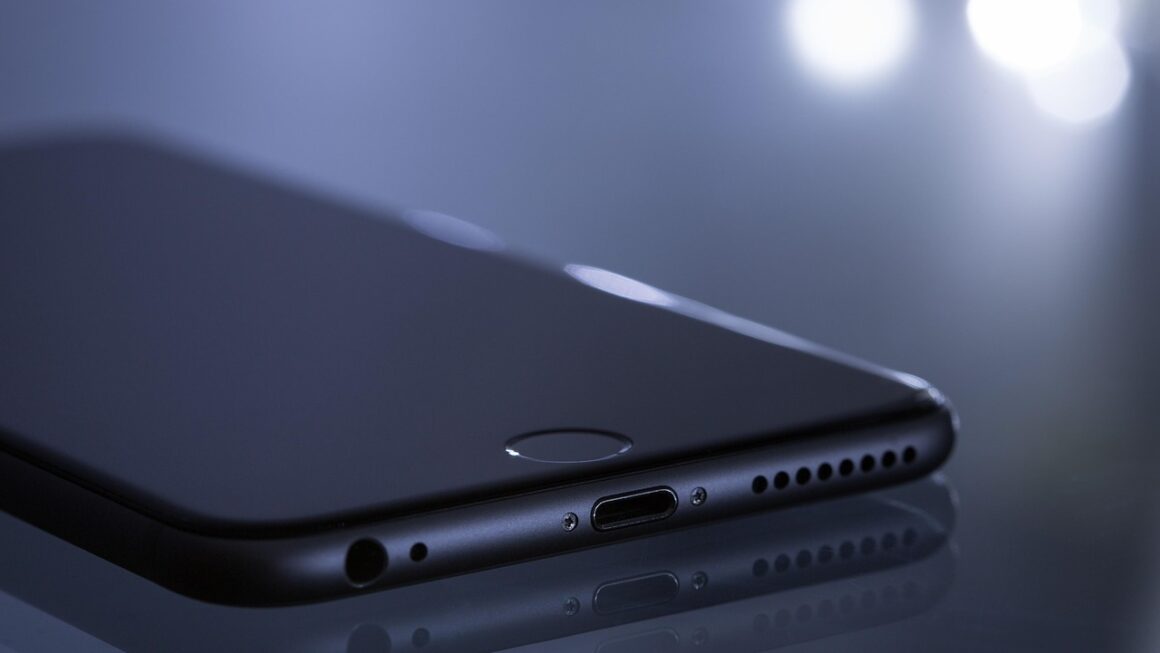DSLR cameras have been the go-to choice for photography enthusiasts and professionals alike for years, offering unparalleled image quality, versatility, and control. But with the rise of mirrorless cameras, it’s natural to wonder if DSLRs are still a relevant choice. This comprehensive guide will delve into the world of DSLR cameras, exploring their features, benefits, and how they stack up against the competition, helping you make an informed decision about whether a DSLR is the right camera for you.
Understanding DSLR Cameras
What is a DSLR?
A DSLR, or Digital Single-Lens Reflex camera, utilizes a mirror and prism system to allow the photographer to see exactly what the lens sees. When you press the shutter button, the mirror flips up, allowing light to hit the image sensor and capture the photograph. This optical viewfinder system is a key characteristic of DSLRs.
- Single-Lens Reflex: The “single-lens” aspect means the viewfinder sees through the same lens that captures the image.
- Digital: Unlike film SLRs, DSLRs use a digital image sensor to record the photograph.
- Mirror and Prism System: This is what differentiates DSLRs from other camera types like mirrorless cameras and point-and-shoots. The mirror reflects light into the optical viewfinder.
How DSLRs Work: A Detailed Look
Here’s a simplified breakdown of the process:
This mechanical process contributes to the characteristic “click” sound of a DSLR.
Key Features and Benefits of DSLRs
Image Quality and Sensor Size
DSLRs are known for their excellent image quality, especially in challenging lighting conditions. This is primarily due to their typically larger sensor sizes compared to smartphones and point-and-shoot cameras.
- Sensor Size Options: DSLRs commonly come in two main sensor sizes:
Full-Frame: Offers the largest sensor size, providing the best image quality, dynamic range, and low-light performance. Examples: Canon EOS 5D Mark IV, Nikon D850.
APS-C (Crop Sensor): Smaller and more affordable than full-frame sensors. Still delivers excellent image quality and is a great option for beginners. Examples: Canon EOS Rebel series, Nikon D5600.
- Benefits of Larger Sensors:
Improved low-light performance (less noise at high ISO settings).
Shallower depth of field for creating blurry backgrounds (bokeh).
Wider dynamic range, capturing more detail in highlights and shadows.
Lens Versatility and System Support
One of the biggest advantages of DSLRs is the vast ecosystem of lenses and accessories available.
- Wide Range of Lenses: You can find lenses for virtually any photographic need, from wide-angle landscapes to telephoto wildlife photography.
- Established Lens Mounts: Canon (EF and RF) and Nikon (F-mount) have been around for decades, meaning there’s a huge selection of used lenses available, often at significantly lower prices.
- Third-Party Lens Manufacturers: Companies like Sigma, Tamron, and Tokina offer high-quality lenses for DSLR systems.
- Accessories: DSLRs support a wide range of accessories, including external flashes, microphones, remotes, and more.
Control and Customization
DSLRs offer a high degree of manual control over settings like aperture, shutter speed, and ISO.
- Manual Mode: Allows you to adjust all settings yourself for maximum creative control.
- Aperture Priority (Av or A): You set the aperture, and the camera automatically adjusts the shutter speed for proper exposure. Ideal for controlling depth of field.
- Shutter Priority (Tv or S): You set the shutter speed, and the camera adjusts the aperture. Useful for freezing motion or creating motion blur.
- ISO Control: Adjusting the ISO changes the sensor’s sensitivity to light. Higher ISO allows you to shoot in darker environments but can introduce noise.
- Customizable Buttons and Dials: Many DSLRs allow you to customize the functions of buttons and dials to suit your shooting style.
Optical Viewfinder
The optical viewfinder (OVF) offers a clear, real-time view of the scene, without any lag or digital processing. This is a key benefit for many photographers.
- Accurate Representation: The OVF provides an accurate representation of what the lens sees, allowing for precise framing and composition.
- No Battery Drain: Unlike electronic viewfinders (EVFs) found in mirrorless cameras, OVFs don’t consume battery power.
- Better Performance in Bright Light: OVFs are generally easier to see in bright sunlight than EVFs.
DSLR vs. Mirrorless: A Comparison
While DSLRs still hold their ground, mirrorless cameras have rapidly gained popularity. Here’s a brief comparison:
| Feature | DSLR | Mirrorless |
| —————- | ————————————– | —————————————– |
| Viewfinder | Optical (OVF) | Electronic (EVF) |
| Size & Weight | Generally larger and heavier | Generally smaller and lighter |
| Autofocus | Typically excellent, but varies by model | Often faster and more advanced, especially with eye-tracking |
| Image Stabilization | In-lens or in-body (IBIS) | Often in-body (IBIS) |
| Battery Life | Generally longer battery life | Generally shorter battery life |
| Lens Selection | Vast, established ecosystem | Growing, but still typically less than DSLRs |
| Video | Good, but often not as advanced as mirrorless | Often more advanced video features |
- Key Takeaway: Mirrorless cameras often offer advantages in size, autofocus speed, and video capabilities, while DSLRs often excel in battery life and cost (especially for used equipment).
Choosing the Right DSLR for You
Determining Your Needs and Budget
Before purchasing a DSLR, consider your photographic needs and budget.
- What do you plan to photograph? (Landscapes, portraits, sports, etc.)
- What is your skill level? (Beginner, intermediate, professional)
- What is your budget for the camera body and lenses?
- Do you need advanced video features?
- What is the importance of size and weight?
Entry-Level DSLR Recommendations
- Canon EOS Rebel Series (e.g., EOS Rebel T7/2000D, EOS Rebel T8i/850D): User-friendly interface, good image quality, and affordable.
- Nikon D3500/D5600: Excellent image quality, compact size, and easy to use.
Mid-Range DSLR Recommendations
- Canon EOS 90D: High-resolution sensor, fast continuous shooting, and good video capabilities.
- Nikon D7500: Excellent image quality, rugged build, and good low-light performance.
Professional DSLR Recommendations
- Canon EOS 5D Mark IV: Full-frame sensor, excellent image quality, and professional-grade features.
- Nikon D850: High-resolution full-frame sensor, exceptional dynamic range, and professional build quality.
When choosing, consider factors like sensor size, autofocus system, video capabilities, and ergonomics. Read reviews and compare specifications before making a decision. Don’t forget to budget for lenses! A good lens can often make a bigger difference in image quality than upgrading the camera body.
Conclusion
DSLR cameras remain a powerful and versatile tool for photographers of all skill levels. While mirrorless cameras have made significant advancements, DSLRs continue to offer excellent image quality, a vast lens selection, and a comfortable shooting experience for many. By understanding the key features, benefits, and trade-offs, you can confidently choose the right DSLR to capture your creative vision. Consider your specific needs, budget, and shooting style to make an informed decision and embark on your photographic journey.




